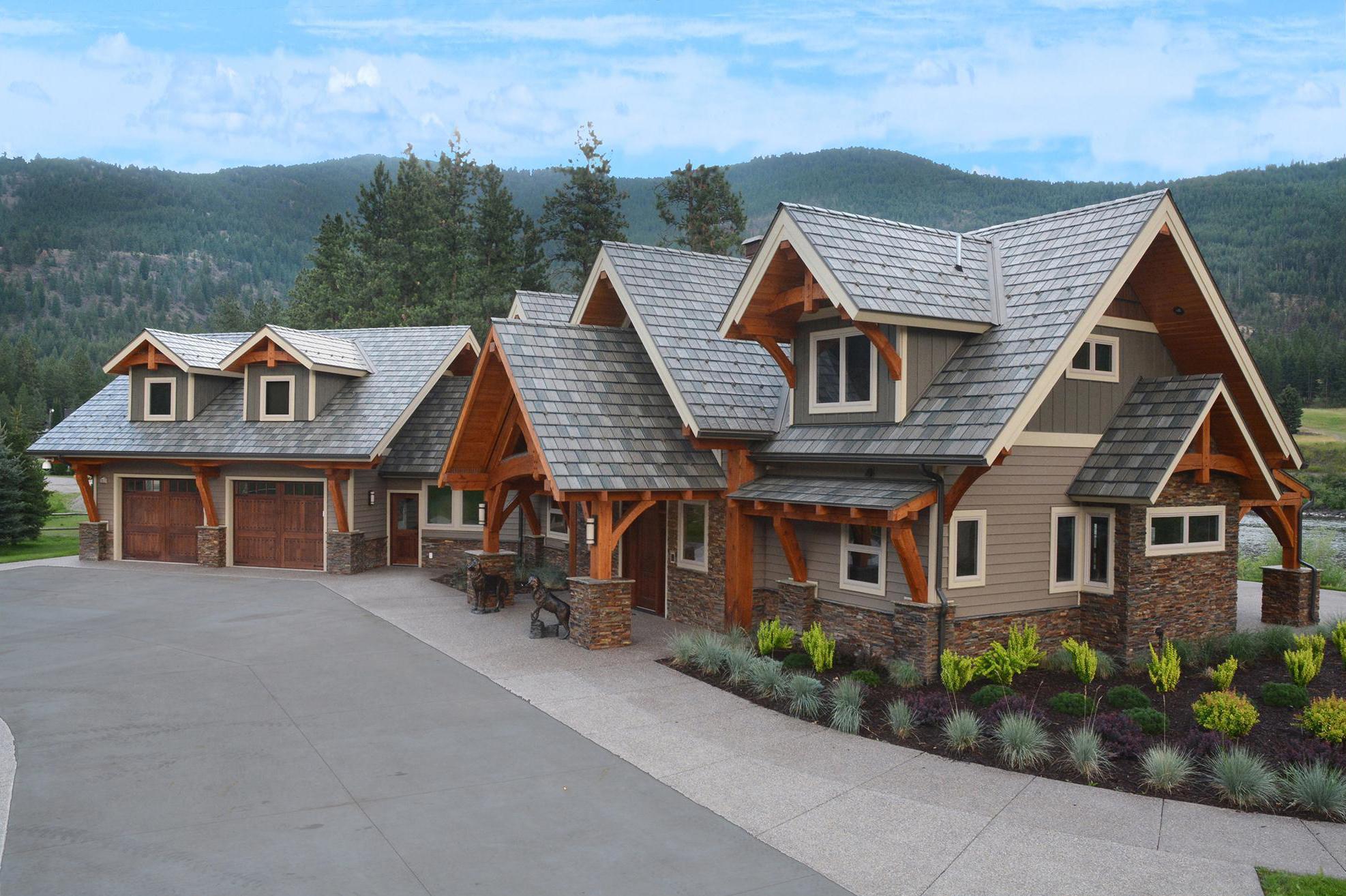
Protecting your Home from Wildfires
Wildfires are a natural and essential element of a healthy forest but increasingly severe temperatures and droughts, plus human errors, lead to extremely large and dangerous fires that threaten homes and communities. According to the Congressional Research Service, more than 17,000 structures were burned in wildfires in 2020. The majority of these were in California.
What can you do to protect your home from wildfires? To start, focus on the largest and most vulnerable surface – your roof. Due to its horizontal orientation, embers can ignite on leaves, sticks or other debris that have collected on the roof. Embers can also ignite on the roof covering itself if the material is combustible. Asphalt shingles, a petroleum-based product, can be produced with some fire-resistance but this will wear off over time, causing the fire risk to increase with the age of the roof. 
The Federal Emergency Management Agency (FEMA) recommends Class A roof assemblies for wildfire regions. A roof assembly consists of all the roof components, including the covering (shingles, metal panels, etc.), roof deck, and any insulation or vapor retarder that might be present. Roof assemblies are rated Class A, B or C depending on their performance in several fire resistance tests.
Metal, slate, and terra cotta are noncombustible roof covering materials that are recommended by FEMA for fire protection. However, metal roofing has clear advantages over both. Slate and tile roofing both require a high degree of maintenance. The shingle tiles can come loose or break, exposing the underlayment and interior of the home to ignition from windblown embers. EDCO’s steel roofing panels are virtually maintenance-free and utilize a four-way interlocking system to maximize weather and wind resistance. The panels will not come loose, chip, crack, or peel. EDCO’s metal roofing has earned a Class A fire rating when installed with a fire-rated underlayment.
No matter which roofing material you choose, it is extremely important to keep your roof and gutters clear of leaves, twigs and other combustible material that could ignite during a fire.
In addition to roofing, using noncombustible building materials for soffit and siding can also significantly improve your home’s chance to survive a wildfire. Vinyl siding does not readily burn, but it will melt and warp when exposed to high temperatures – giving the fire an entry point into the home. EDCO’s steel siding is noncombustible and will not warp in extreme temperatures.
In a wildfire situation, metal roofing and siding can protect your home until the danger has passed or until firefighters can arrive. Contact us to learn more or find a contractor near you.
FEMA Source: https://www.fema.gov/sites/default/files/documents/fema_rm-reducing-wildfire-risk-to-your-home-infographic.pdf
CRS Source: https://sgp.fas.org/crs/misc/IF10244.pdf